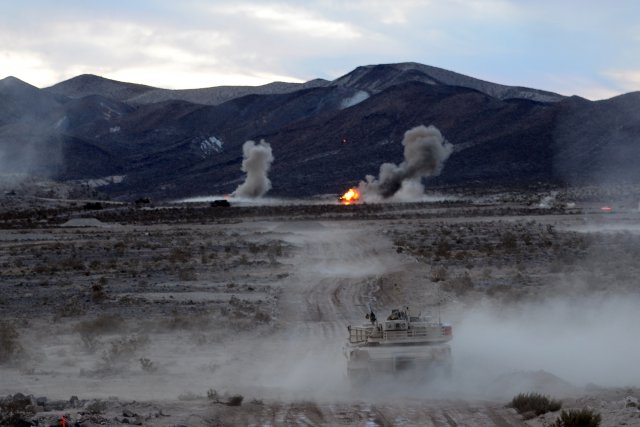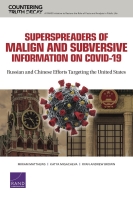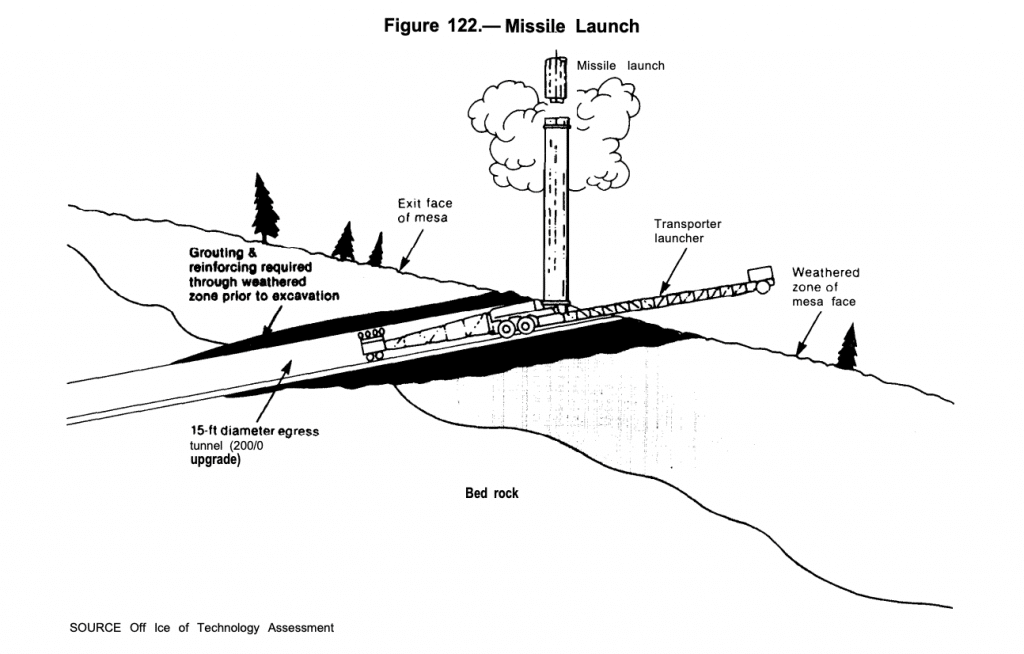By Harold James

The thought that trade and globalization might make a comeback in the 2020s, picking up renewed vigor after the pandemic, may seem far-fetched. After all, COVID-19 is fragmenting the world, destroying multilateralism, and disrupting complex cross-border supply chains. The virus looks like it is completing the work of the 2008 financial crisis: the Great Recession produced more trade protectionism, forced governments to question globalization, increased hostility to migration, and, for the first time in over four decades, ushered in a sustained period in which global trade grew more slowly than global production. Even then, however, there was no complete reversal or deglobalization; rather, there was an uncertain, sputtering “slobalization.” In contrast, today’s vaccine nationalism is rapidly driving China, Russia, the United Kingdom, and the United States into open confrontation and sowing bitter conflict within the EU. It is all too easy to extrapolate and see a future of “nobalization”—globalization vanishing in a viral haze.
Over the past two centuries, the course of trade and globalization has been shaped by how governments and people have responded to such crises. Globalization comes in cycles: periods of increasing integration are followed by shocks, crises, and destructive backlashes. After the Great Depression, the world slid into autarky, nationalism, authoritarianism, zero-sum thinking, and, ultimately, war—a series of events often presented as a grim parable of the consequences of globalization’s reversal. Yet history shows that many crises produce more, rather than less, globalization. Challenges can generate new creative energy, better communication, and a greater willingness to learn from effective solutions adopted elsewhere. Governments often realize that their ability to competently deliver the services their populations demand requires answers found abroad.






/cloudfront-us-east-1.images.arcpublishing.com/mco/KZFB2GQCZJB7JF4HDQMP2ENZ5Y.jpg)
/cloudfront-us-east-1.images.arcpublishing.com/mco/PSB7XJZZCJBINAZ2BNJLAVHM34.jpg)


/cloudfront-us-east-1.images.arcpublishing.com/mco/S2I3G3XDTJEMVKCL2OQDPG4DFU.jpg)









/cloudfront-us-east-1.images.arcpublishing.com/mco/63C5CNSFXJH4FFXYEZOLCNMEII.jpg)

